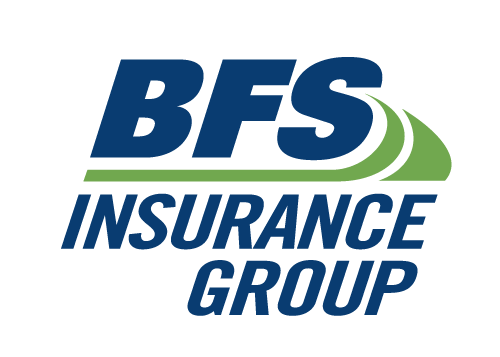I have a number of friends – and clients – who are dog lovers. Some are more passionate than others about their four-legged friends and this can lead to uncertainty, confusion, and even anger over insurance company rules pertaining to canines.
The typical insurance company policy regarding dogs is usually simple: if an account has a prohibited breed of dog, the insurance company will not offer a homeowner insurance policy to the homeowner. In other situations however, an insurance company might provide homeowner insurance but will exclude liability stemming from dog bite claims.
My hope is to shed a little light on this topic so that everyone can better understand why certain breeds of dogs are viewed unfavorably by homeowner insurance carriers.
For starters, let’s review some of the breeds that typically cause accounts to not be eligible for homeowner insurance coverage:
- Akita
- Chow Chow
- Doberman Pinscher
- German Shepherds
- Pit Bull
- Presa Canario
- Rottweiler
- Siberian Husky
- Wolf Breeds
By no means is this list complete, as on occasion there are other breeds that are deemed to be prohibited. This varies by insurance company. In addition, dogs with a history of biting are generally frowned upon in a company’s underwriting guidelines. Dogs who are prone to bite, regardless of breed, are a concern.
Nevertheless, the reason for such a list is twofold – frequency and severity. Frequency meaning how often bites occur from a specific breed and severity is the extent of the injuries. According to Canine Journal, 4.5 million dog bites occur each year; however, 81% “cause no injury at all or only minor injuries that do not require medical attention.” [1] Given that the average cost paid out in 2017 for dog bite insurance claims was $37,051, this tells us that the remaining 19% of dog bites are much more severe. [2]
Part of this is due to the strength of the bite. Some of the dogs listed previously are in the top 20 for the strongest bite, measured in pound-force per square inch, while others are not. [3] Regardless, insurance companies do not stick to the bite pressure solely when determining the potential liability the dog presents. According to DogsBite.org, from 2005-2017 “433 American suffered death due to dog bite injury.” In fact, though they do not have the strongest bite, Pit Bulls and Rottweilers account for over 75% of human fatalities from dog bites.
Now, let’s also factor into the discussion that “the average cost per claim nationally has risen more than 90 percent from 2003 to 2017, due to increased medical costs as well as the size of settlements, judgments, and jury awards to plaintiffs, which are trending upwards.” [4] When you compile all of this information together, you end up getting a pretty good sense of why insurance companies want to avoid taking on the liability risk stemming from certain breeds of dogs.
Let’s look at this a different way, as I know almost everyone with dogs on this type of list will say that their dog has never hurt anyone. Insurance is an industry based on probability. While your dog may never hurt anyone, if you own one of the aforementioned dogs and it does end up biting someone, odds are it will be a severe situation.
At the end of the day, dog ownership is a choice that individuals and families make and like any other situation, choices have ramifications. It’s really quite similar to homeowners who choose to live in a coastal area. If someone chooses to live on a coast – no matter where – their probability of experiencing severe weather is much more likely than most other parts of the country and, as a result, insurance options might be limited and quite expensive.
Or, if someone chooses to drive faster than the speed limit and he or she starts to rack up speeding tickets, their insurance options will be affected by that choice.
Insurance companies are in the business of paying claims but let’s not forget that they are businesses first and foremost. If they don’t properly underwrite but instead choose to take on any type of exposure that is presented to them, they won’t be in business very long and won’t be able to pay anyclaims! This is why they frown on certain types of exposures, including particular breeds of dogs.
Copyright © 2018 Central Mutual Insurance Company. All rights reserved.
Resources:
[1] https://www.caninejournal.com/dog-bite-statistics/. Updated March 29, 2018 [2] Insurance Journal. “Dog Bite Claims Cost Insurers $700 Million.” https://www.insurancejournal.com/news/national/2018/04/06/485542.htm. April 6, 2018 [3] James Rhys Clarke. “20 Dog Breeds With the Strongest Bite Force.” https://topdogtips.com/dogs-strongest-bite-force/. February 27, 2018 [4] Insurance Information Institute. “Spotlight on: Dog bite liability” https://www.iii.org/article/spotlight-on-dog-bite-liability. April 3, 2017 [5] DogsBite.org “13-Year U.S. Dog Bit Fatality Chard – 2005-2017” https://www.dogsbite.org/pdf/13-year-dog-bite-fatality-chart-dogsbiteorg.pdf. April 26, 2018
